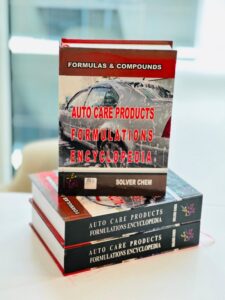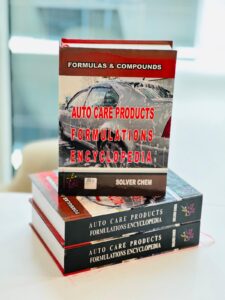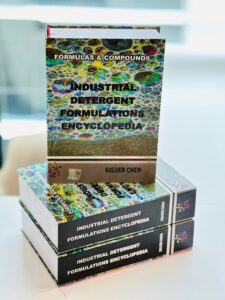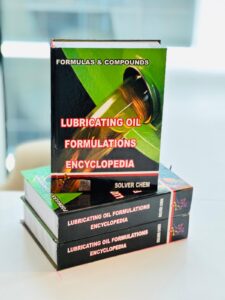
Chlorinated brake cleaner spray is a high-performance, solvent-based cleaning product designed for removing brake dust, grease, oil, and other contaminants from brake components. It contains chlorinated solvents, such as tetrachloroethylene (PERC) or methylene chloride, known for their fast evaporation, powerful degreasing, and zero-residue performance.
These cleaners are typically used in professional settings but are increasingly regulated due to their environmental and health risks.
🔬 Key Properties:
| Property | Description |
|---|---|
| Solvent Base | Chlorinated solvents (e.g., tetrachloroethylene, methylene chloride) |
| Cleaning Power | Very strong – dissolves grease, oil, and brake dust rapidly |
| Evaporation Rate | Extremely fast – leaves no residue |
| Residue | None – dries clean, no rinsing required |
| Flammability | Non-flammable (a key advantage over non-chlorinated cleaners) |
| Toxicity | High – vapors are hazardous; requires ventilation and PPE |
| Environmental Impact | Contains VOCs and ozone-depleting chemicals; heavily regulated |
| Surface Compatibility | Safe on metals and ceramics; may damage some plastics or rubber components |
🧰 Applications:
-
Cleaning brake discs (rotors), drums, calipers, and pads
-
Removing built-up grease and brake fluid from metal surfaces
-
Prepping surfaces before brake part installation
-
Use in auto repair shops, industrial vehicle maintenance, or racing pits
👁️ Görüntülenme: 0




